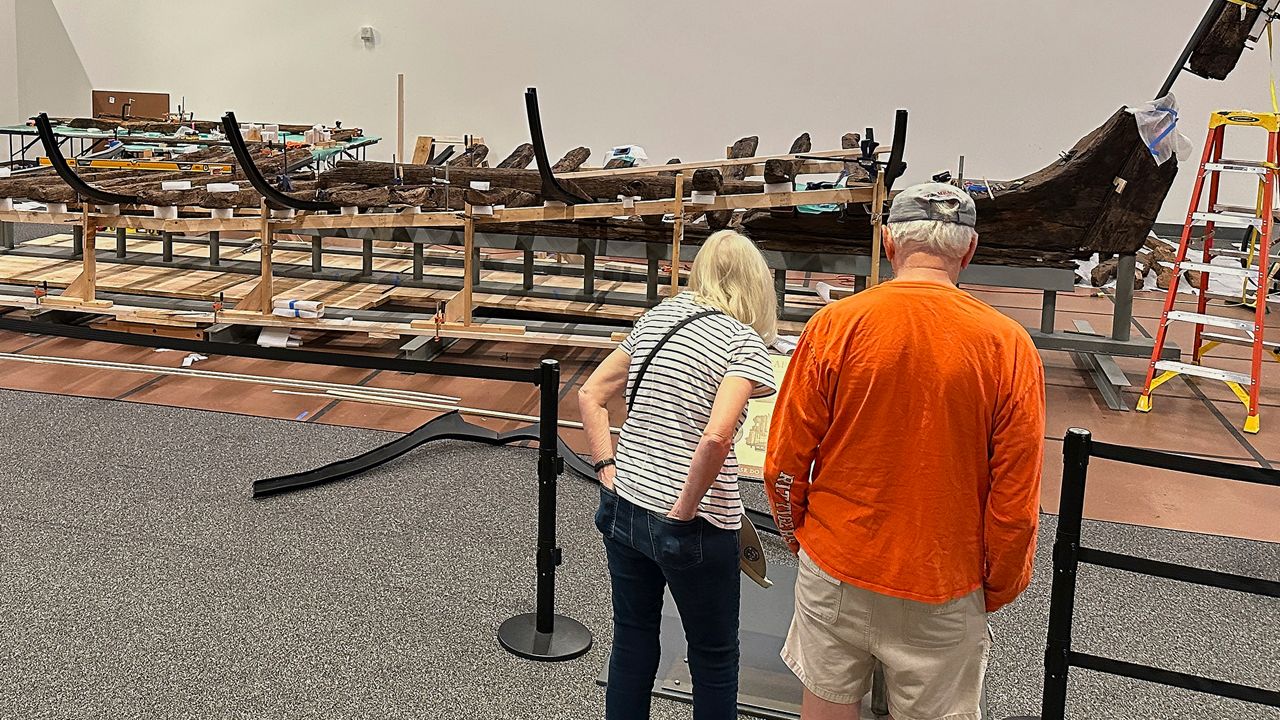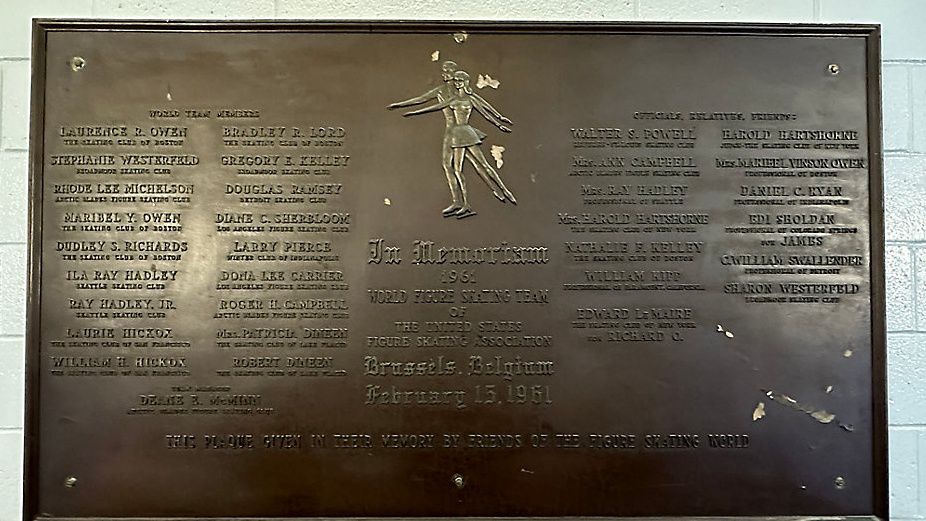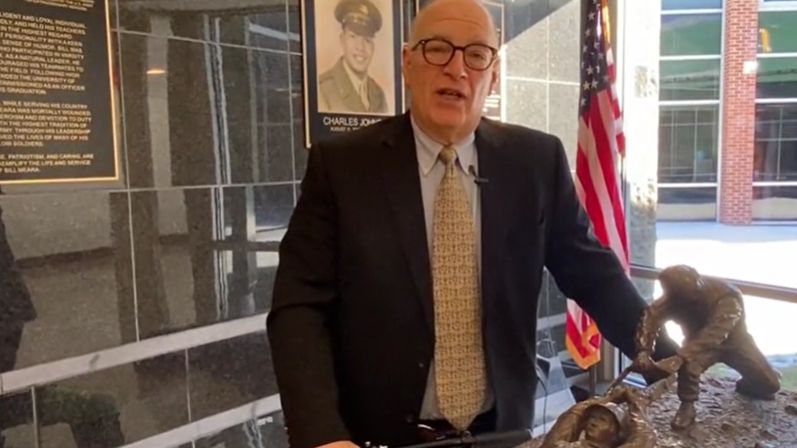More than 170,000 migrants and asylum seekers have made their way to New York City since the spring of 2022, according to the New York City mayor’s office, and some have moved north to upstate New York.
Spectrum News 1 interviewed one woman who did just that. We agreed to not identify her because she said she fears for her and her family’s safety.
“It’s a hard thing because in my country, there is no stability,” she said in Spanish through translation. “There's a lot of violence right now.”
She shared her story of a demanding journey she and many others have made in search of a better life.
“Altogether, it was a very difficult year,” the woman said in Spanish through translation. “The whole trajectory of leaving my home, all of the countries that I went through, all of the experiences that I had. Very difficult.”
What You Need To Know
- According to the New York City mayor’s office, more than 170,000 migrants and asylum seekers have come to New York City since the spring of 2022. Some have moved north to upstate New York.
- An asylum seeker who came to New York from Ecuador recently came upstate after living in a shelter in Queens, a hotel in Manhattan and Randall’s Island Shelter
- Volunteers with the Ulster Immigrant Defense Network took her in
- The state Department of Labor identified 39,456 jobs as open to migrants and asylum seekers across New York
The woman came to the U.S. to seek asylum. She fled her home country of Ecuador exactly one year ago last week. She left her daughter and grandchildren behind.
She traveled thousands of miles, crossed into the U.S. at the southern border in Arizona, was processed by authorities and made her way to New York City.
“I didn't know anybody when I got to the city,” she said in Spanish through translation. “But I did know a man who was in a shelter on 45th, where they register you for being an immigrant staying in shelters.”
She was housed at a shelter in Queens and a hotel in Manhattan. She eventually went to Randall’s Island Shelter, which she described as having deplorable conditions.
“For me, it was really not good conditions. It was not adequate conditions. It was not even conditions for a human being to live,” the woman said in Spanish through translation.
Leaders in New York City continue to call for federal aid as they struggle to manage the influx of migrants and asylum seekers, an influx that led this woman to be without a home just a month after being placed at Randall’s Island.
She spent two weeks sleeping on the street and in subway stations for warmth.
“It was very bad,” she said in Spanish through translation.
She described her experience in the city as untenable.
“The city is totally collapsed,” she said in Spanish through translation. “There's so many people looking for work, and there's so many people arriving there regularly.”
She recently relocated to upstate New York, with help from volunteers with the Ulster Immigrant Defense Network, who took her in.
“These are people that without even knowing me, open their doors, open their hearts to me as a person, that had needs and were able to just make me feel so warm and welcome and that really touched me deeply,” the asylum seeker said in Spanish through translation.
For now, she’s trying to give back by volunteering at the organization’s food pantry. She said she wants to work, but is finding her struggles are far from over.
“I’m a person who is a hard worker, a person who likes to work with others, and I’m trying my best to figure out my path here,” she said in Spanish through translation.
This asylum seeker said there are jobs for people in New York City, but because there are so many migrants and asylum seekers there, the jobs are hard to find. She has filed papers for an asylum case, which leads to a work permit after several months.
The state Department of Labor identified 39,456 jobs as open to migrants and asylum seekers across New York last month.









